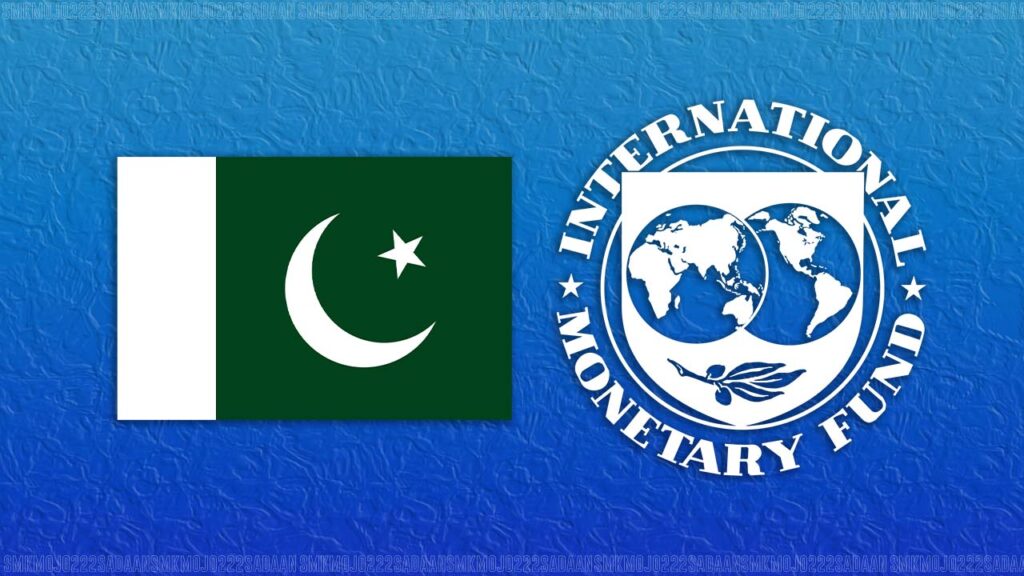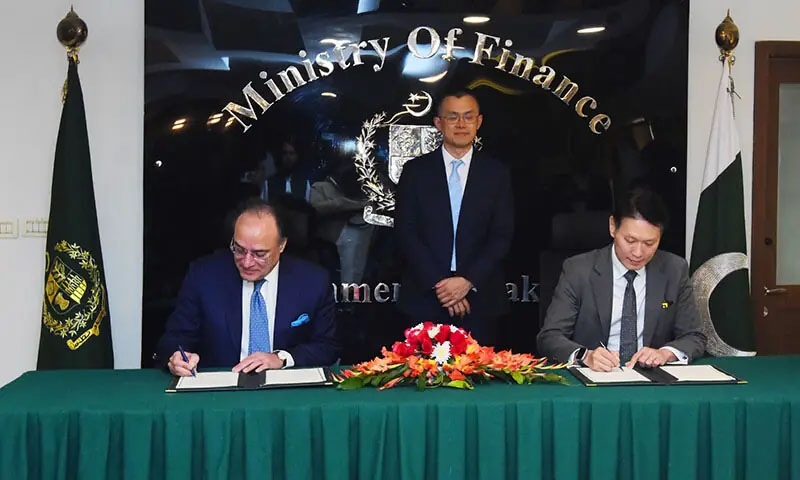- Web Desk
- Yesterday
Pakistan eyes new ‘larger and longer’ IMF programme by fiscal year end
-
- Web Desk
- Mar 29, 2024

WEB DESK: The Federal Minister for Finance and Revenue, Muhammad Aurangzeb, expressed optimism on Friday about Pakistan’s prospects of securing a staff-level agreement (SLA) on a new, ‘larger and longer’ programme with the International Monetary Fund (IMF) by the end of this fiscal year.
Speaking at the Pakistan Stock Exchange (PSX) during a ceremony welcoming his presence, Aurangzeb highlighted the government’s aspiration to finalise a staff-level agreement with the IMF by the close of the fiscal year in late June or early July.
While declining to provide specifics on the size of the forthcoming programme, Aurangzeb emphasised the need for a three-year plan and stated that discussions regarding its magnitude have yet to take place.
He emphasized that the success of the upcoming IMF bailout hinges on addressing structural issues, suggesting that it could potentially be the last one if such challenges are adequately addressed.
Aurangzeb outlined the government’s revenue target of Rs9.4 trillion, emphasising the importance of reducing operational expenses and transitioning the Public Sector Development Programme (PSDP) towards public-private partnerships to create fiscal space.
He highlighted plans to address leakages, redirecting approximately Rs2.4 trillion towards marginalised communities, consumers, and industries.
Regarding tax reforms, Aurangzeb disclosed plans to issue a request for proposal (RFP) on April 8 to hire a consultant for the Federal Board of Revenue’s (FBR) digitization, with the consultant expected to be appointed by the end of April.
He expressed reservations about the sustainability of super and windfall taxes while underscoring the government’s focus on supporting small and medium-sized enterprises (SMEs), agriculture, and technology sectors through increased financing.
Responding to queries about the exchange rate, Aurangzeb deferred to the State Bank of Pakistan (SBP), expressing optimism about a potential decrease in inflation rates throughout the year and anticipating corresponding adjustments in policy rates.
Regarding the economic model, Aurangzeb outlined plans to transition towards an export-based approach by leveraging existing structures, with a focus on textiles, agriculture, and technology as key sectors for development.





